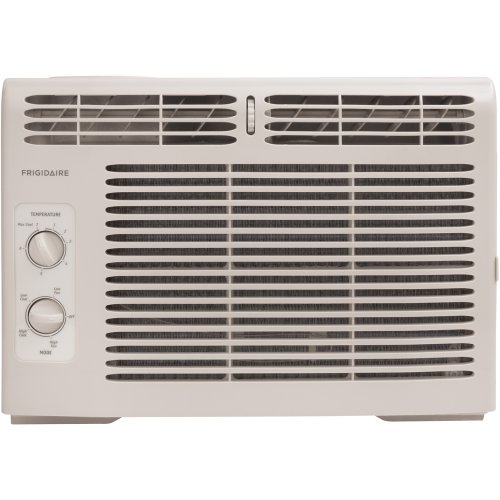Wood burning ovens have advanced significantly ever since they were first introduced within the 1700s. Nowadays, in addition to being in a position to choose from numerous designs, you can decide on the various output and functional options that are offered.
Types
Wood burning ovens broadly contain three primary types, that are:
Box wood ovens - These derive from the initial style of wood burning ovens, that have been rectangular or square formed using the fire situated within the metal box. These ovens are cheap when in comparison to other kinds of wood writers, but since they're not airtight, they're less capable.
Air tight wood burning ovens - By having an airtight wood burning stove, readily stored away completely sealed, which causes it to be more effective. The ventilation towards the stove could be controlled either by hand or instantly to ensure that the quantity of fuel used and also the warmth provided could be modified accordingly. This implies that a level temperature could be maintained if needed.
They're built from metal and also have a combustion chamber fitted with vents that may be opened up or shut. They likewise have a flue, which may be designed to ensure that it's tilted, enabling the smoke to flee via a side wall.
Pellet wood burning ovens - These wood burning ovens use wood pellets, that are stored inside a storage space near the stove. They're extremely powerful as well as kind towards the atmosphere. It is because wood pellets only produce a tiny bit of ash throughout the combustion process. However, their environment efficiency could be affected by the standard from the pellets used, that will also affect efficiency.
Although this kind of wood burning stove is connected with wood pellets, most of them will even burn alternative fuels for example wood chips, grain, corn, or waste paper condensed to create pellets. With a few ovens it is crucial the alternative fuels are coupled with wood pellets when placed within the stove.
Pellet wood writers have the benefit of being thermostatically controlled. They may be designed and simply switched off and on. In addition, they don't have to become loaded very frequently with pellets, with a few lasting as lengthy as 72 hours before reloading is needed.
Shapes
You will find many designs to select from, but many derive from three primary shapes. They are: a box shape, a cylinder or perhaps a pot belly stove. The very first wood writers were box formed, but other designs later emerged. Cylinder formed wood burning ovens look particularly stylish and lots of have a curved window giving a look at the flickering flames.
Pot belly ovens are round, but because the title indicates, there is a bulge within the center, which resembles the pot belly of the overweight guy. Previously these were accustomed to warmth large areas, for example school rooms, and also have a flat top where pans or pots might be placed to warmth food or water.
Output
There's presently a wide range of results open to suit different room dimensions. To obtain approximately concept of the output in kilowatts that you'll require out of your wood burning stove, first of all appraise the room where it will likely be situated, in metres. Then multiply the peak from the room through the width then the depth. Take that figure and divide it by 14. The figure that you simply finish track of is roughly the kilowatts that you need. This is dependant on a needed temperature of 20 levels Fahrenheit and assumes the outside temperatures are levels. Needs will even rely on if the room is open plan and just how many doorways and home windows it's.
Catalytic or Non-catalytic
Catalytic Ovens - These wood burning ovens have catalytic converters, which burn waste fumes. This cuts down on the fire hazard familiar with earlier wood writers when creosote would form within the stove pipe. This could then burn in a certain temperature and produce precariously high amounts of warmth. A catalytic ripper tools is positioned within the path from the smoke also it takes effect once it reaches a particular temperature.
However, you will find some disadvantages with catalytic converters. They often need to be modified plus they should be maintained. Most catalytic converters last between two and 5 years before they need to be changed.
Non-catalytic Ovens - Modern types of non-catalytic ovens also burn waste fumes however they accomplish this in different ways by utilizing secondary combustion plus a longer smoke path. This process is made into the style of the stove instead of through adding another catalytic ripper tools. These designs were developed on the lengthy time period and as a result they work effectively and easy to use.
Aside from the above mentioned factors, wood burning ovens are actually offered in an array of modified shapes, dimensions, colours and designs and they may be either free standing or installed in a wall. Because of so many sophisticated and stylish designs presently available on the market you can easily look for a wood burning stove to match any room and any kind of décor.

























